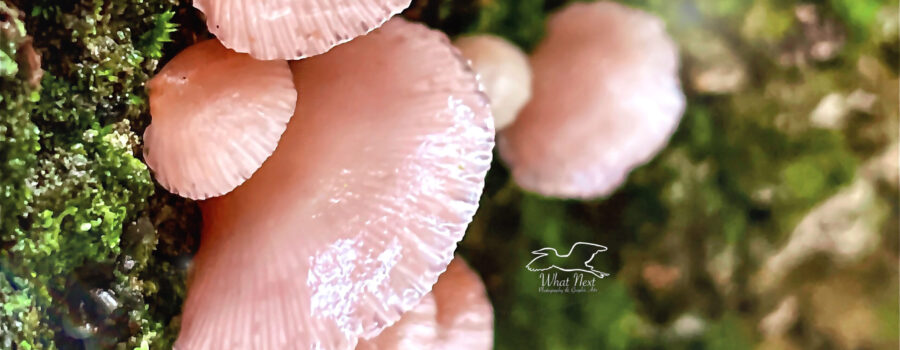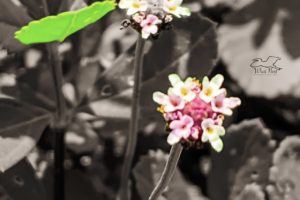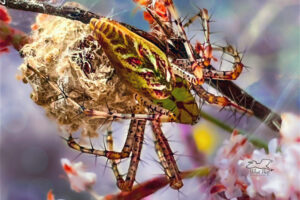Rosy Oysterlings are Very Useful for Recycling Nutrients

There are lots of things that Florida has an abundance of and two of those are moisture and dead deciduous trees and branches. At least that’s true if you spend a lot of time in the woods, that is. With our humid climate and plenty of dead wood, it’s not surprising that we also have lots of fungi. I am no expert on fungi, and I would never eat wild fungi, especially not based on my identification, but I do find them very interesting and some of them are quite pretty, too. Back in November, I found these rosy oysterlings (Scytinotus longinquus), growing on the side of a dead oak tree. As you can see by the photos, they were not the only saprophytic organisms growing on it, but I found their pinkish color and striped texture pretty appealing. I hadn’t seen these before, so it took a little bit of research to identify them.

Rosy oysterlings grow on dead trees, logs, downed branches, and will even grow on old pressure treated wood, ocassionally. They tend to prefer deciduous trees, especially hardwoods, over conifers and evergreens. They are a vital organism in the process of breaking down the wood and recycling the nutrients contained in it. Without these types of fungi, the breakdown of these trees would take considerably longer. These particular fungi grow on trees in a good bit of the world, especially in tropical and subtropical areas. Around here, they are most abundant between October and February. Their growth seems to at its best shortly after the first light frost of the year after the weather warms up again.

As far as the edibility of rosy oysterlings, I was not able to find any definitive information. It seemed that some sites said that they are edible after being well cooked, while others said that they were very bitter and even potentially mildly toxic. Like I said before, I wouldn’t ever eat wild fungi anyhow, but it always interests me to know what the experts say and I always enjoy learning about new species.





Recent Comments